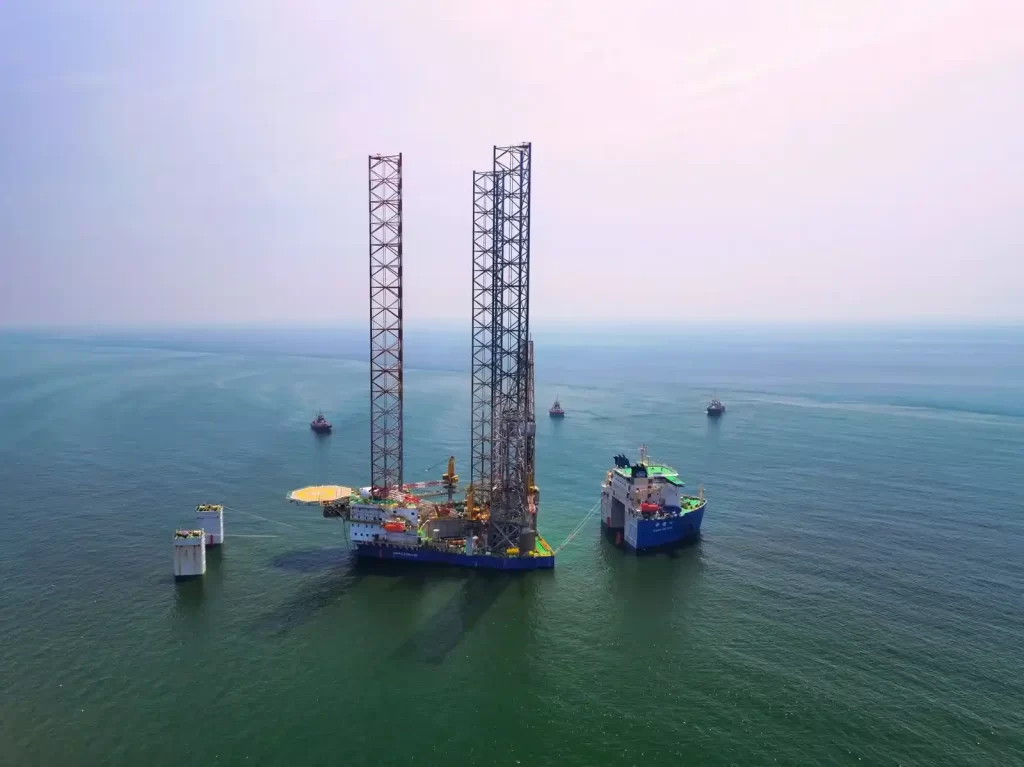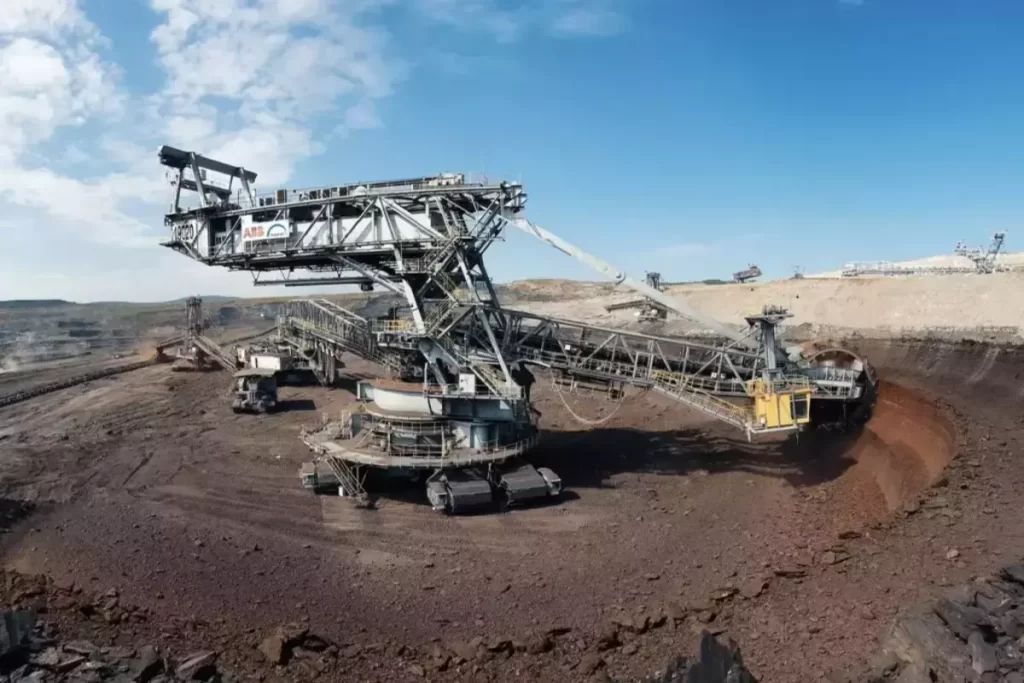Drilling: Technology, Applications, and the Future of the Industry
Drilling is one of the key processes in industries like mining, construction, and oil & gas. This process involves various methods and techniques for creating holes in the earth’s surface or hard materials, whether for resource extraction, exploration, or infrastructure development. With advances in technology, drilling has become more efficient, precise, and environmentally friendly.
In this article, we will explore current drilling technologies, applications in different industries, and the techniques used in the drilling process. At the end, we’ll also look at how SSC Works plays a role in the maintenance and repair of heavy drilling equipment.

1. What is Drilling?
Drilling is the process of creating holes in materials like soil, rock, or metal using a tool called a drill. This process is used in various industries such as:
- Mining: To extract mineral ores from underground.
- Oil and Gas: To drill wells for oil or natural gas.
- Construction: For installing foundations or creating tunnels.
Drilling involves the use of a drill or drilling rig powered by machines to penetrate layers of soil or rock. Drills can come in various forms like chisels, rotating drill bits, or a combination of techniques, depending on the purpose and type of material being drilled.
2. Drilling Applications in Various Industries
Drilling is a versatile process with many applications across different sectors. Below are some of the main applications of drilling:
a. Drilling in the Mining Industry
In mining, drilling is used to locate and extract natural resources like gold, copper, coal, and other minerals. The methods used include core drilling and rotary drilling.
Benefits:
- Allows access to deep mineral deposits.
- Improves efficiency in resource extraction.
- Reduces exploration time.
b. Drilling in Oil and Gas
The oil and gas industry heavily relies on drilling to create wells underground or offshore. Drilling can be onshore or offshore, with specialized rigs designed to handle extreme conditions.
Benefits:
- Enables large-scale resource extraction.
- Accesses deep wells that are difficult to reach.
- Expands energy exploration capabilities.
c. Drilling in Construction
In construction, drilling is used for various purposes such as building foundations, creating tunnels, and installing infrastructure like bridges and dams.
Benefits:
- Ensures structural stability.
- Facilitates large-scale construction projects.
- Addresses complex geotechnical challenges.
3. Types of Drilling
There are several drilling methods used in different sectors, depending on the needs and site conditions. Here are some of the most common drilling methods:
a. Core Drilling
Core drilling is a method where a drill is used to collect rock samples from underground. These samples are then analyzed to understand the geological composition, which is essential in mining and oil exploration.
Advantages:
- Produces complete samples from the ground.
- Provides highly accurate geological data.
b. Rotary Drilling
This method uses a rotating drill bit to penetrate layers of soil and rock. Rotary drilling is commonly used in the oil and gas industry for deep well drilling.
Advantages:
- Efficient for deep well drilling.
- Used in tough geological conditions.
c. Blast Hole Drilling
Blast hole drilling is used in open-pit mines. After drilling, explosives are placed in the hole to break the rock into smaller pieces, which are then transported for further processing.
Advantages:
- Saves time in excavating hard rock.
- Suitable for large-scale mining operations.
d. Air Drilling
This method uses high-pressure air to lift cuttings of soil and rock out of the hole. Air drilling is often used for shallow drilling applications.
Advantages:
- Fast and efficient for shallow drilling.
- More environmentally friendly, as it does not require drilling fluids.

4. Challenges in Drilling
While drilling offers many benefits, it also presents several challenges:
a. Difficult Geological Conditions
Drilling in areas with hard rock or unstable geological conditions can delay projects or damage equipment.
b. High Costs
Drilling, especially in offshore oil and gas projects, requires significant upfront investment. Drilling rigs, fuel, and equipment maintenance add to operational costs.
c. Environmental Risks
Drilling, particularly in the oil and gas industry, poses environmental risks if not done properly. Oil spills and gas leaks can cause significant ecological damage.
5. Modern Drilling Technologies
The drilling industry continues to evolve with the adoption of new technologies that make the process safer, more efficient, and environmentally friendly. Some of the latest innovations include:
a. Horizontal Drilling
Horizontal drilling allows operators to drill laterally after reaching a certain depth, accessing more resources from a single drilling hole.
b. Automation and Autonomous Vehicles
Some modern drilling rigs use automated systems and autonomous vehicles to reduce accident risks and increase efficiency.
c. Low-Pressure Drilling Technology
This technology allows for drilling in low-pressure areas or underwater environments, improving efficiency in challenging conditions.
SSC Works’ Role in Drilling Equipment Maintenance and Repair
Drilling machinery is one of the most critical tools in mining, oil, and gas industries, but it’s also prone to damage due to intensive use in harsh conditions. SSC Works is here to assist you with reliable solutions for the maintenance and repair of heavy drilling equipment.
Our experienced team can handle various heavy equipment repairs, including drilling machinery, ensuring they operate at peak efficiency. We also offer routine maintenance services that help prevent breakdowns before they occur, reducing operational downtime.
Have you ever faced challenges in drilling or experienced the latest drilling technologies? Share your stories in the comments!

